As with many of these types of questions, there is both a long answer and a short one. Although the answer is yes – there is a great deal more to it than that…
Kanji, one of three widely utilised scripts of symbols in the continent of Asia, was established and created by adapting the original Chinese characters for use in the Japanese language.
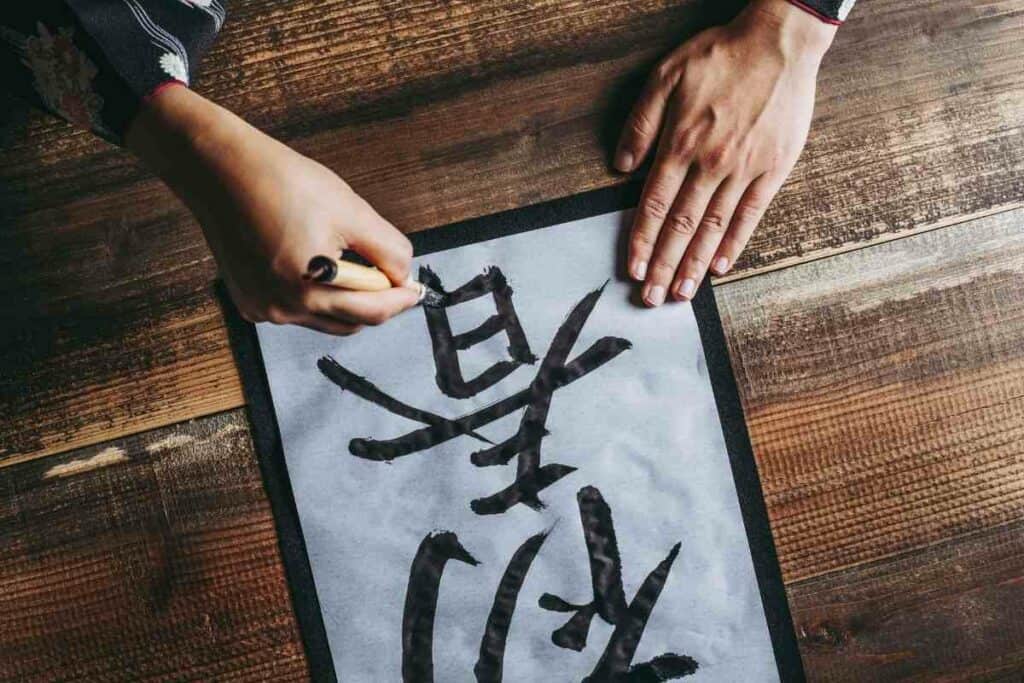
The noun ‘Kanji’ literally translates as noun phrase: “Chinese Character”. But there are more pieces to the Japanese language puzzle than that.
Along with Kanji, there also exists another two distinct, indigenous scripts:
- Hiragana (平仮名)
- and Katakana (片仮名), as well as ancient Japanese symbols which predate it.
Kanji, however, is the most frequently used across Japan, because it is the foundation of generally used written Japanese today.
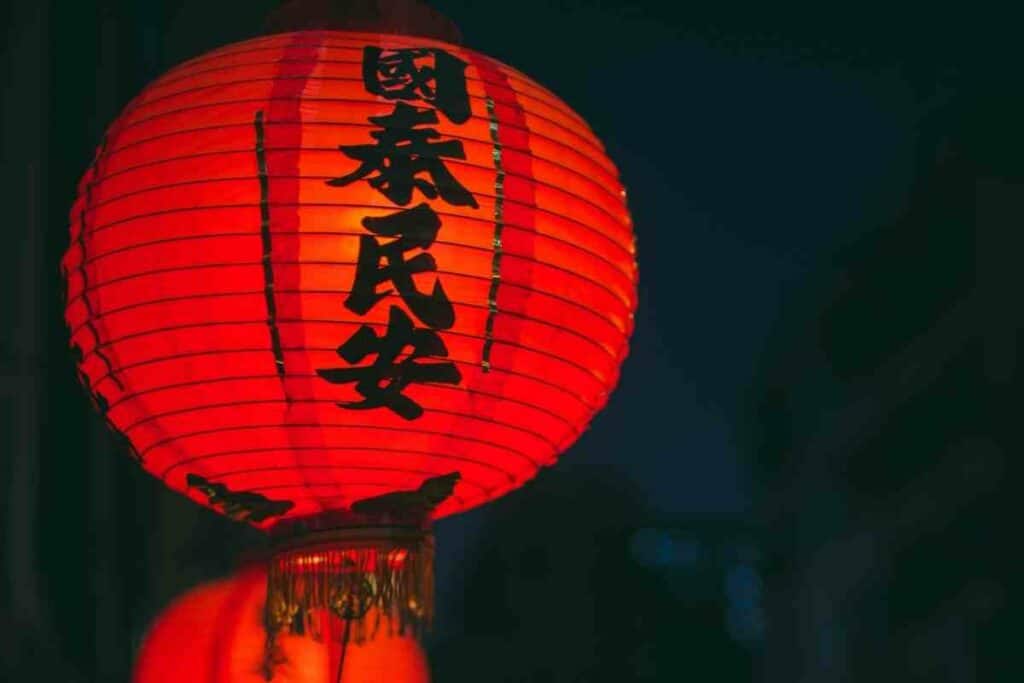
This set of logographs consists of in excess of fifty-thousand different symbols, but it is always a combination of all three of these scripts that is used.
What to Expect? This article will briefly explain why the Japanese do indeed use Kanji, along with two other sets of symbols. It will provide a little snippet of History and some interesting facts about the written forms of Japanese.
Table of Contents
Where Did Kanji Come From?
Kanji is a lexis which is just one of three elements that come together to form the written Japanese language.
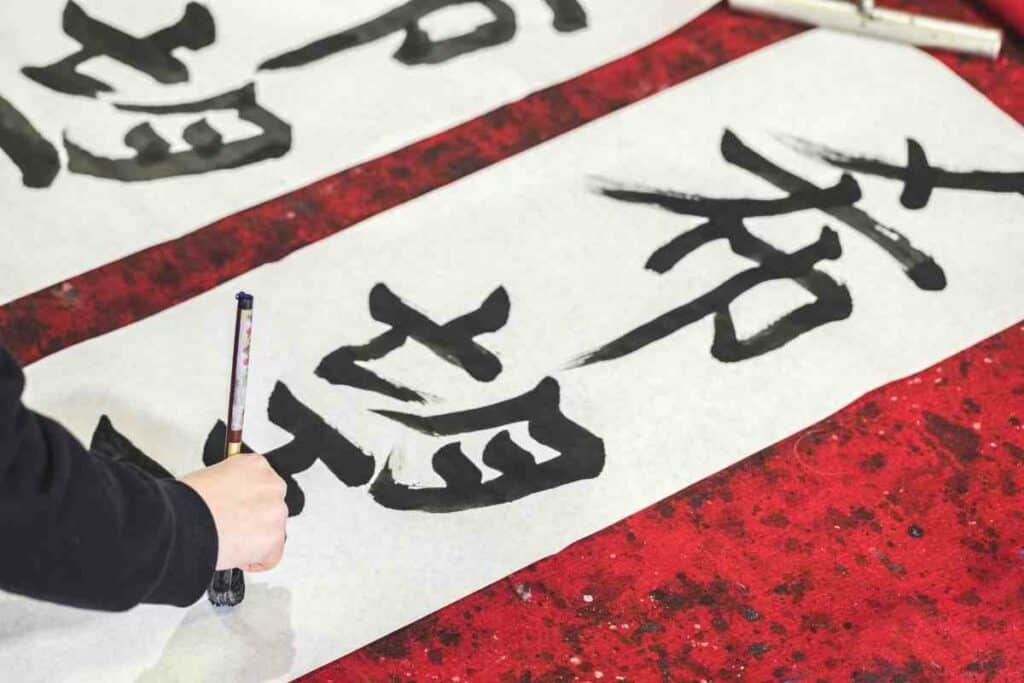
Before Kanji was introduced, in around the 5th century (some sources argue the 7th), Japan had no official writing system in place at all.
It originated in China during the Shang dynasty, ruling from 1766 to 1122 BCE.
It evolved over a lengthy period of time and has been both adapted and assimilated into other Asian languages, including Japanese.
Few People Know This: Although it was, at one time, largely denied, prior to Kanji’s introduction to the country there were a number of different Japanese syllabaries. It is quite a controversial topic to this day.
The Oracle Bone Script
Kanji, in its earliest recorded form, was discovered on the back of turtle shells and animal bones.
This is referred to as the Oracle Bone Script. Significant archaeological finds occurred in 1993 and continue to be made.
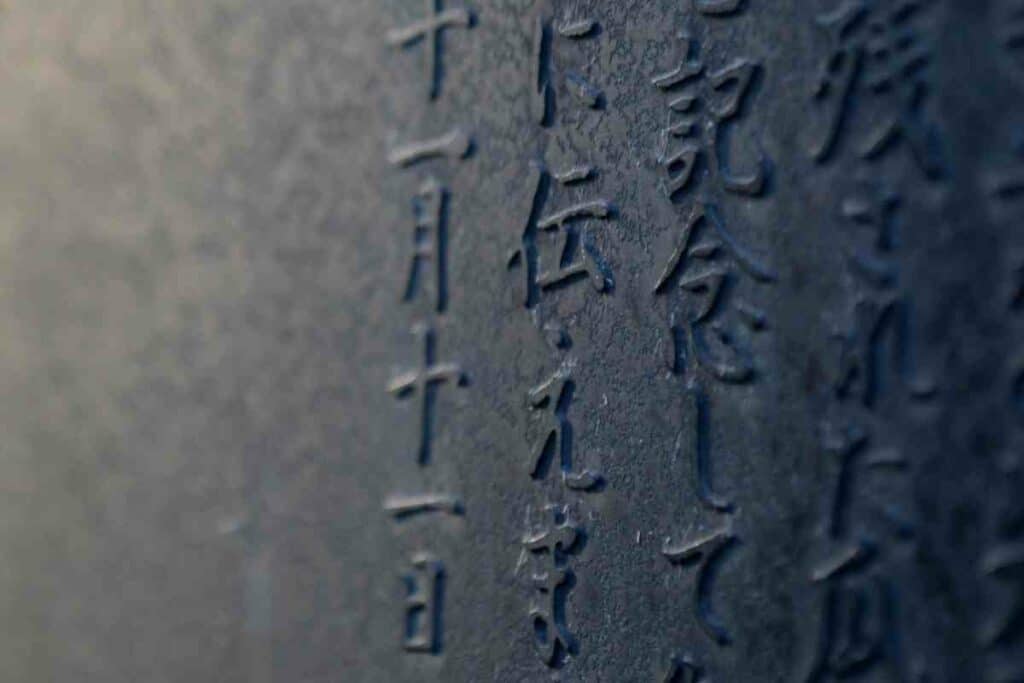
As with much ancient script, these were the recordings of royal leadership documented by scholars of the time.
Hundreds of thousands of examples have been found and they are the foundation for Chinese Etymology, as well as a huge insight into the Shang dynasty from whence they came.
What Is Kanji?
Chinese symbols were adapted and then the mortar was added to fit the bricks together.
Kanji is comprised of the symbols for all the Japanese four main word classes:
- Noun
- Verb
- Adjective
- and Adverb (bricks)
Hiragana and Katakana were then established to add conjunctions and other grammatical features (mortar) in order to create a unified written form of the language.
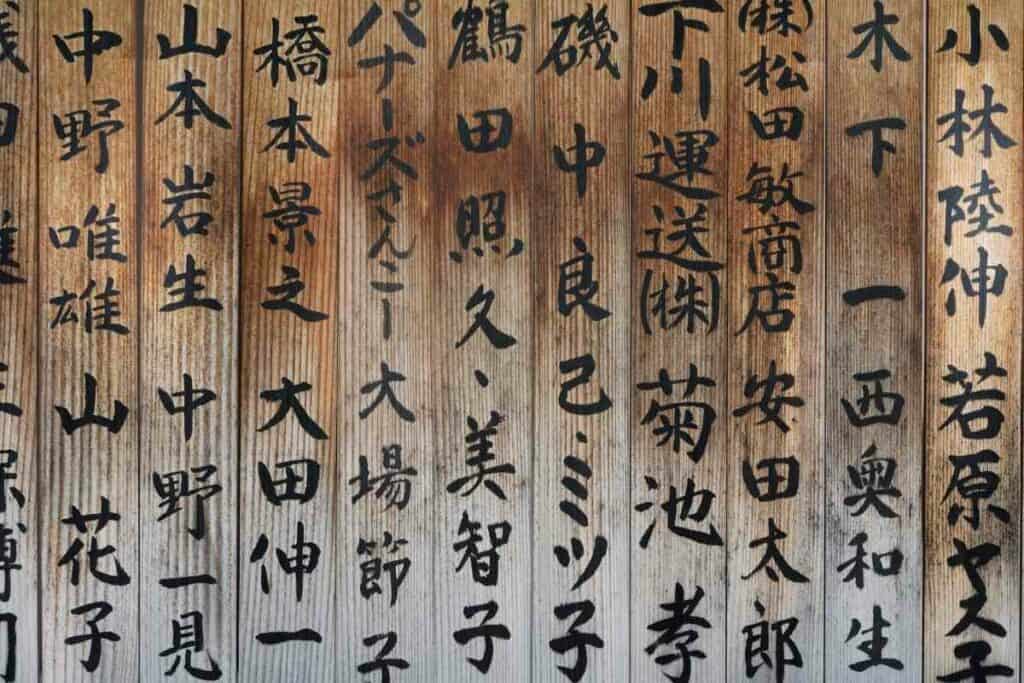
So yes, the Japanese can and do write in Kanji on a daily basis.
It is a foundational aspect of their language which would not exist in its current written form without it.
Is Kanji Easy to Learn and Use?
In order to make effective use of Kanji, it takes the knowledge of just over two thousand symbols.
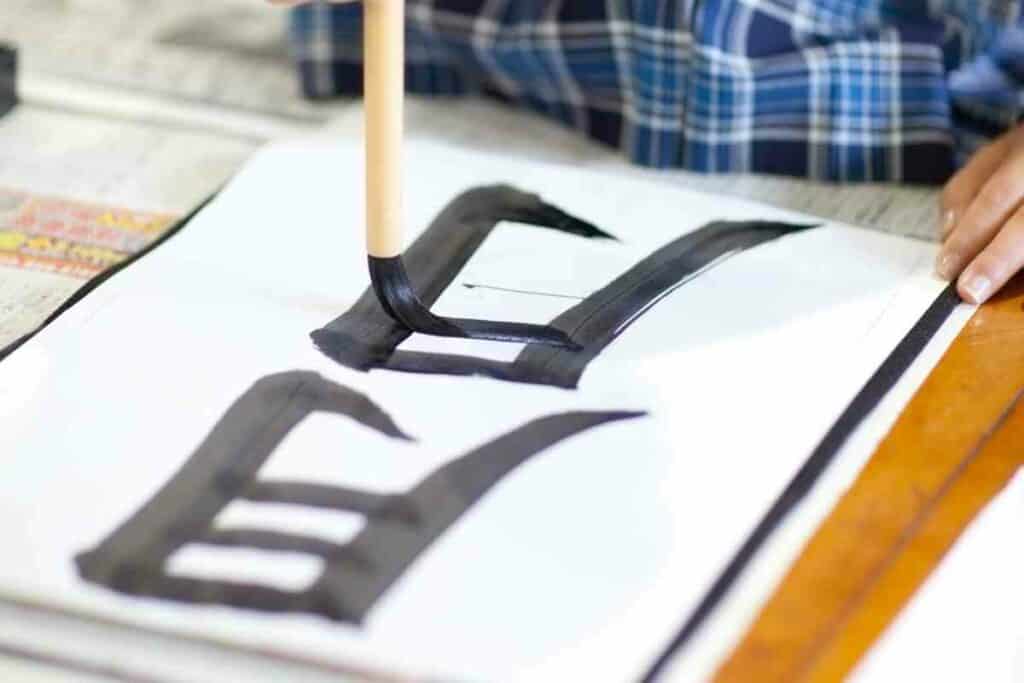
This is just a small percentage of those that exist and so you can communicate well enough without knowing them all, or even a substantial amount.
Some of the characters of this alphabet, like words themselves, however, have a number of different meanings and uses.
Symbols combine to make other words and phrases, as with any language but the English alphabet’s characters have just one variable phonetic contribution to a word, these days.
As a Result – Kanji symbols still carry the weight of whole words and can be interpreted in a multitude of ways.
Not only this, but there are also a surprising number of homophones. ‘Homo’ means the ‘same’ and ‘phone’ means ‘sound’.
Thus, these are words which are pronounced almost exactly the same but have completely different meanings.
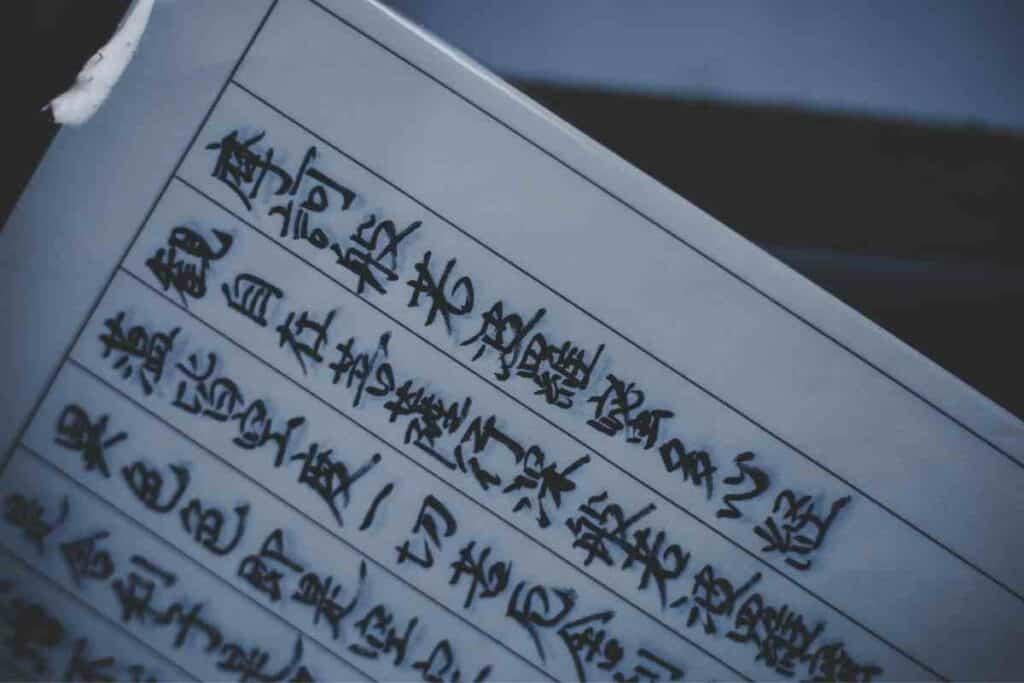
All languages have them. English has thousands of pairs, but even singular Japanese symbols can have over 20 different meanings depending on both tone, pitch, and context.
These, as well as other intricacies of the language, make it one of the most difficult to learn in the world.
How Did Kanji Evolve?
Languages are often referred to, figuratively, as living entities which grow, adapt, and change within their environment.
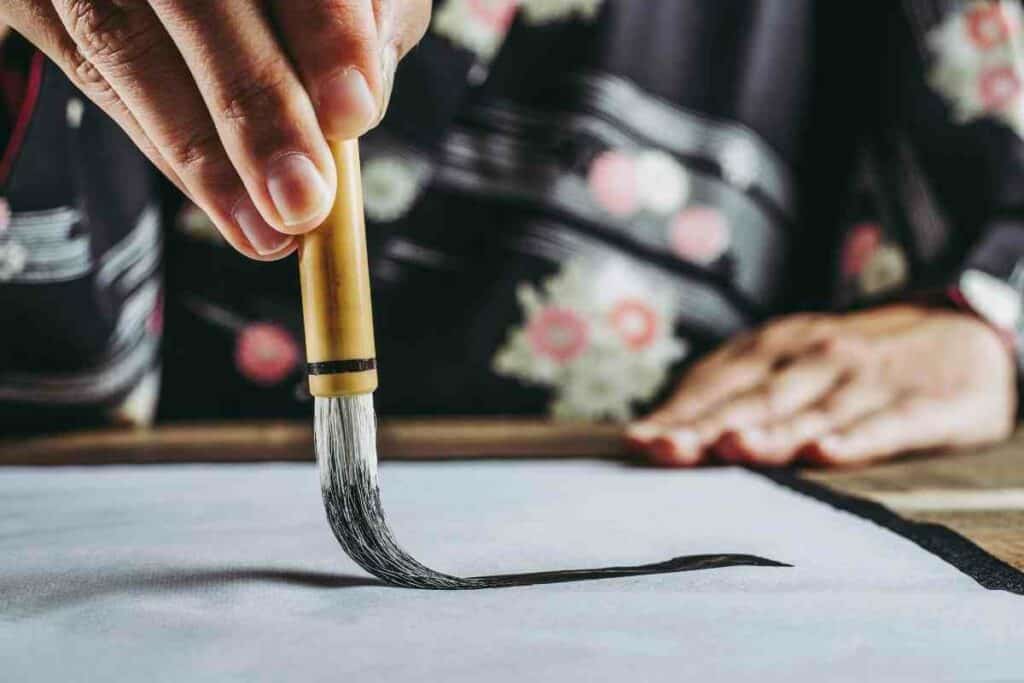
Before a language is centralised and standardised through widespread use and education, people generally write and spell however which way they have learned, or feel is right.
The name ‘Shakespeare’, for example, was once spelled in over fifty different ways.
As a result no one even knows exactly where the famous play write was, at any given time, throughout History.
What a language was, even a century ago, will have been very different from what it looks and sounds like today.
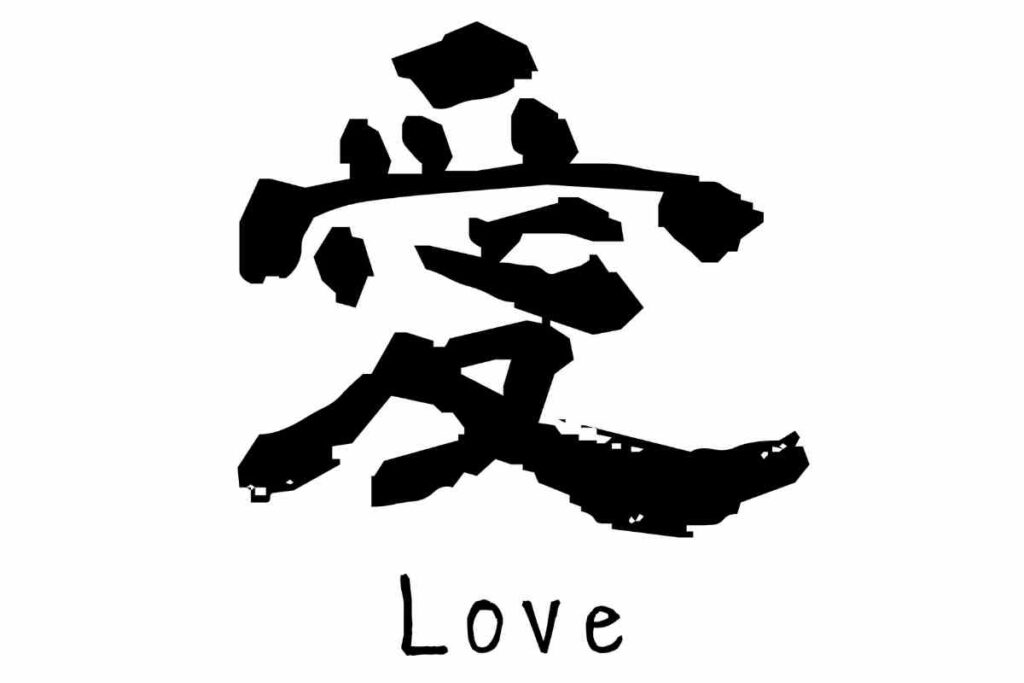
New words are used in speech and over time they are added to a language. Likewise, words are dropped altogether.
Alphabetic characters even begin very differently to what they are, in the long run.
In Old English – Alphabetic Letter ‘A’ began upside down and carried the meaning of ‘Ox’.
Symbolic as the letter physically resembles the horned head of an animal. Kanji was very much the same.
A symbol for a horse once literally looked like a horse:

It then evolved over time and now looks completely different (馬).
It is easy to conclude that it evolved like any other written language – from literal pictures of what was seen.
Final Thoughts
In answering the original question: Can the Japanese write Kanji? The simple answer is a resounding yes.
But, as you have read, they do not just write Kanji, it is the very foundation of written Japanese, Chinese, Korean and Vietnamese.
Although it is notoriously difficult to learn, with some persistence and determination, you will learn it like anything else.
An advantage being that once you are familiar with one of these complex languages, you will also carry additional familiarity with other significant written forms of Asian languages.
Also Read
- 12 Things Tourists Should NEVER Say in Japan
- Kissing Robot: Exploring the Popularity of the Chinese Kissing App
- Unlocking the Secret Dating Rituals Only Locals Know in Japan
- Samurai Armor: Ancient Protection for Japan’s Elite Warriors
- 10 Amazing Facts About Schools in Japan: Unique Traditions and Educational Practices
- Where can you see snow monkeys in Japan: Best locations and viewing tips









